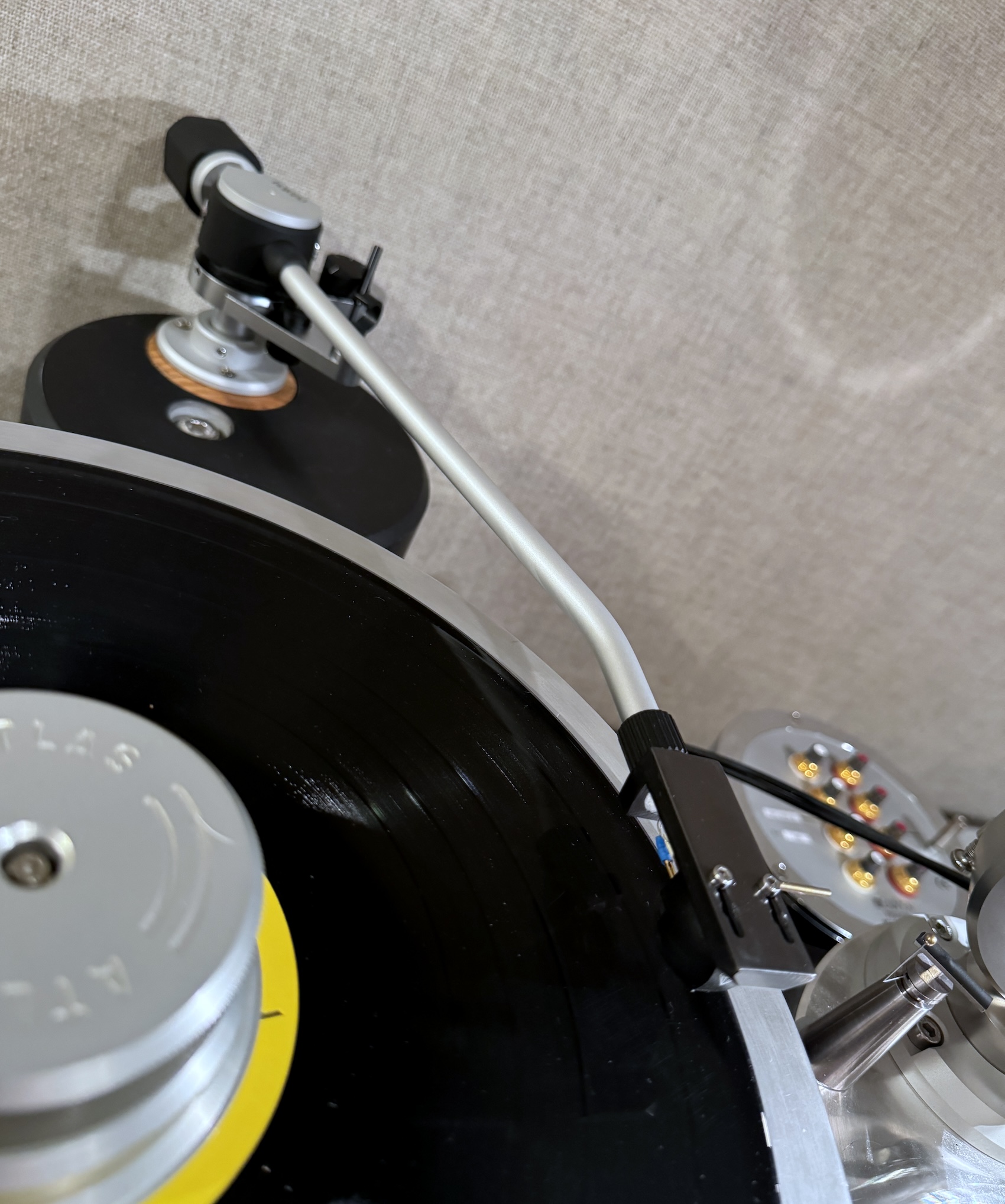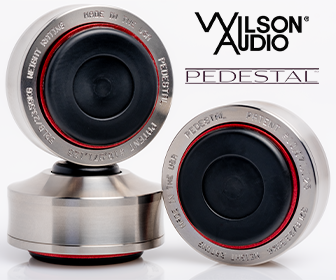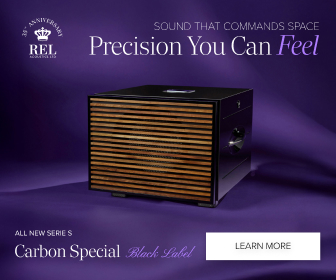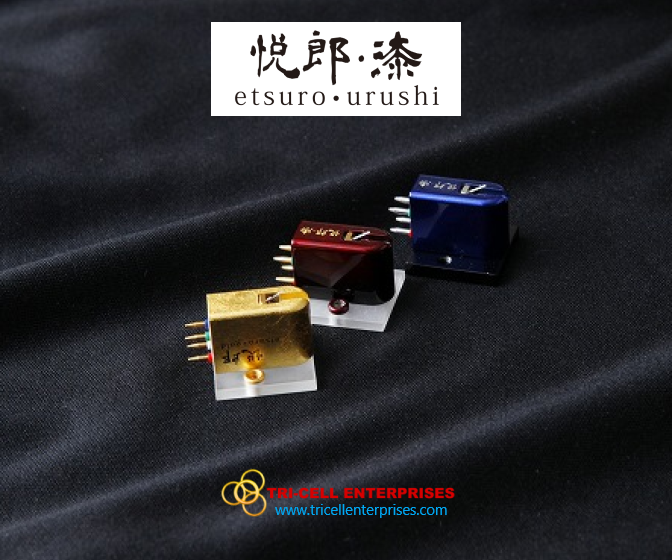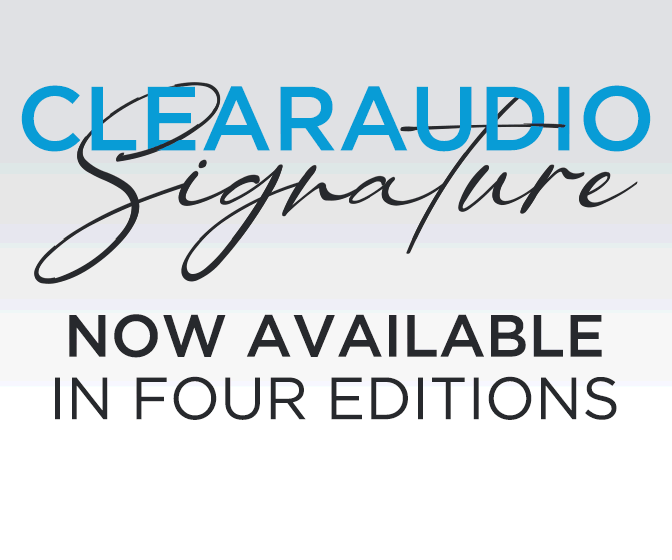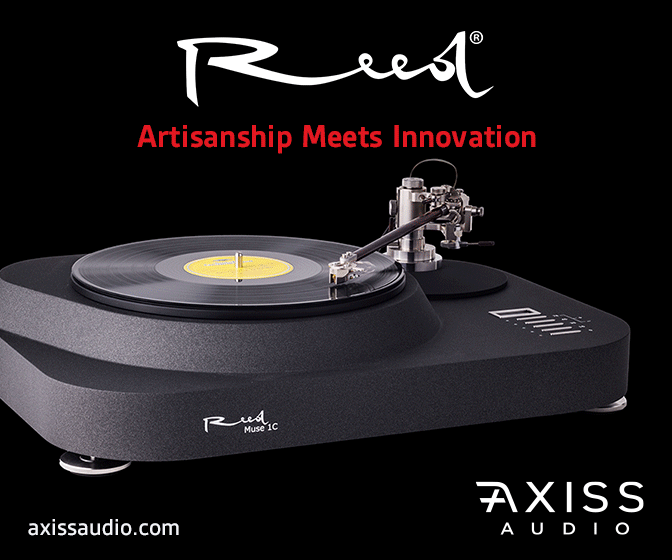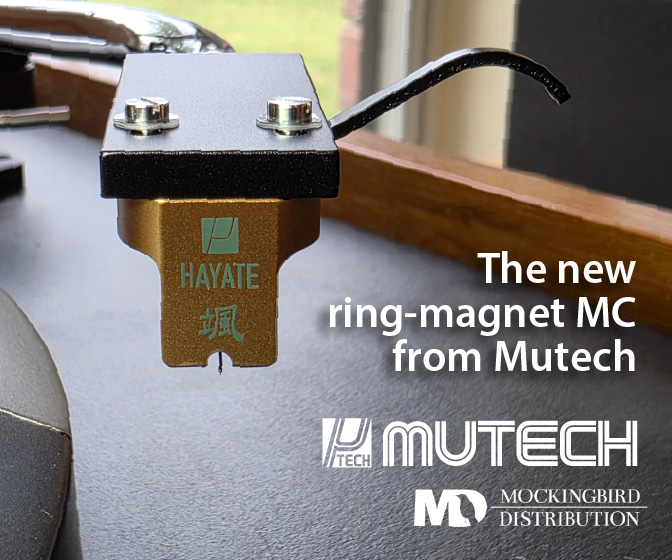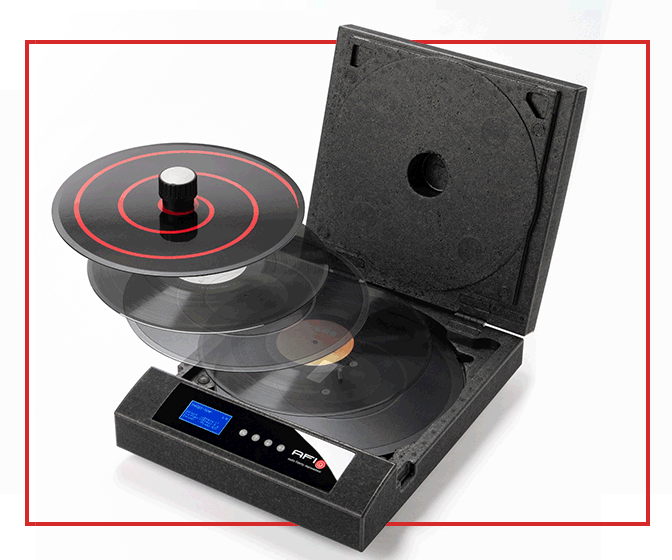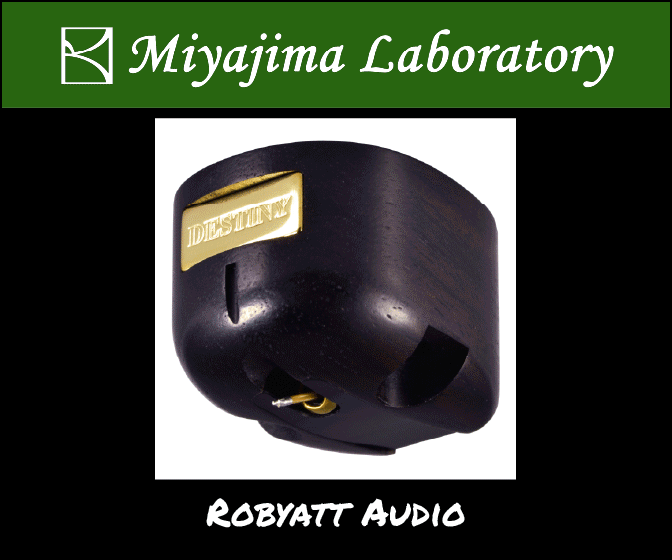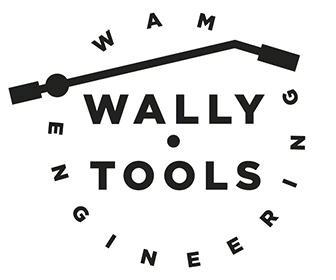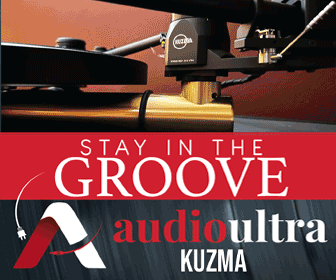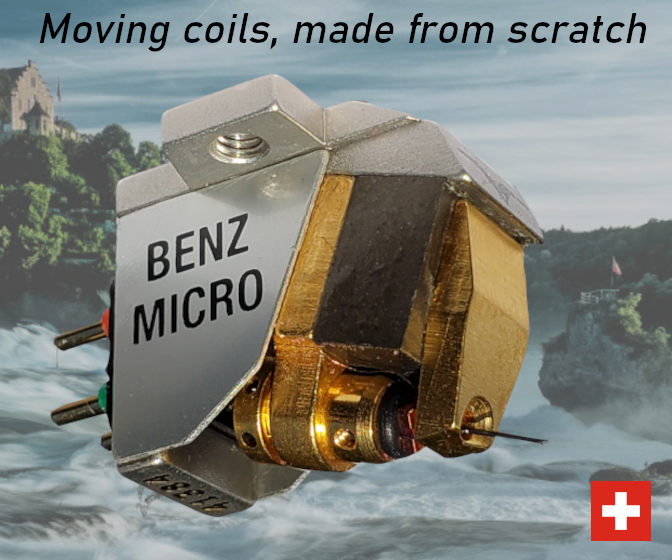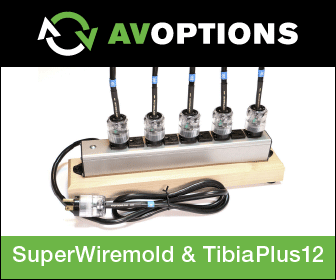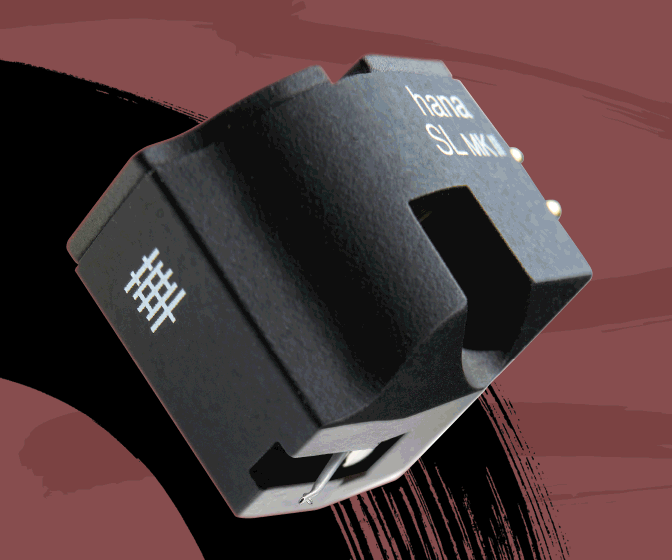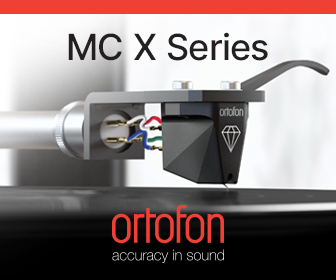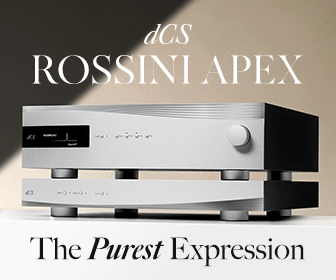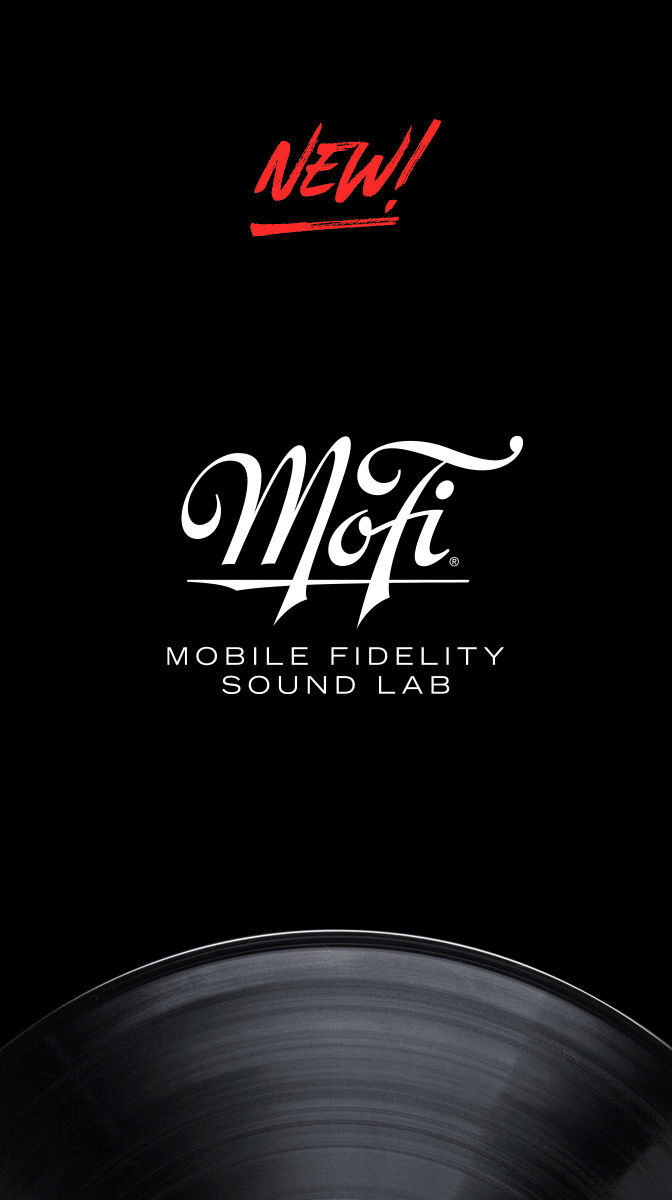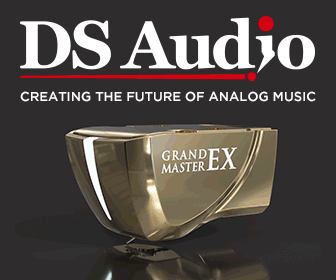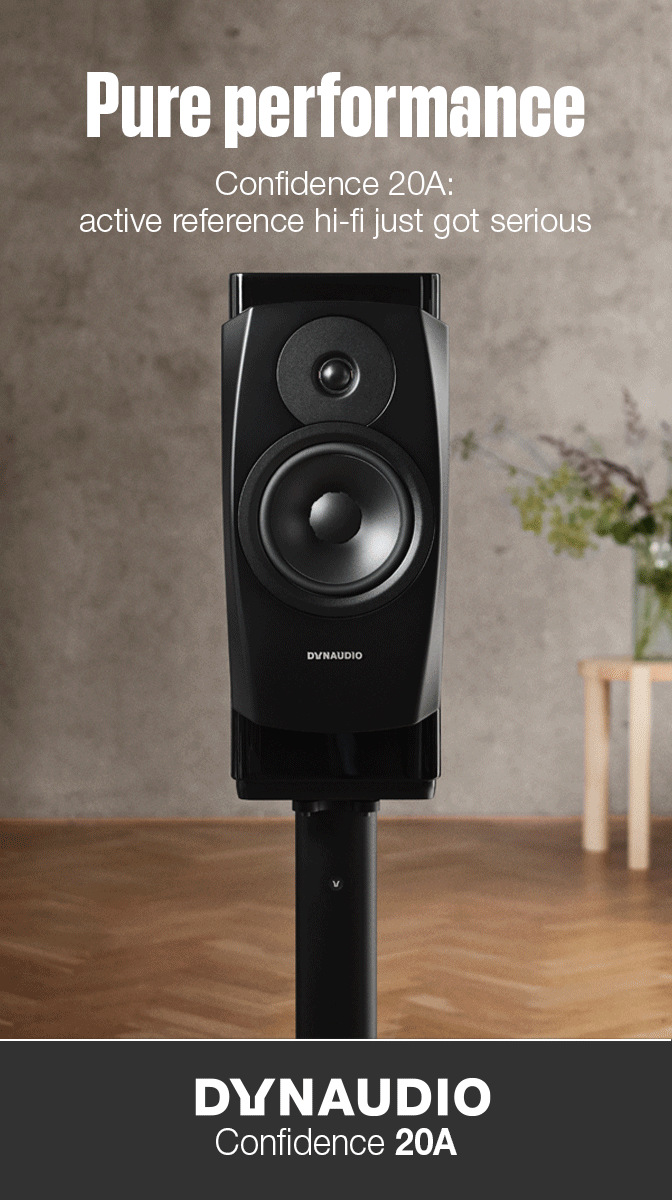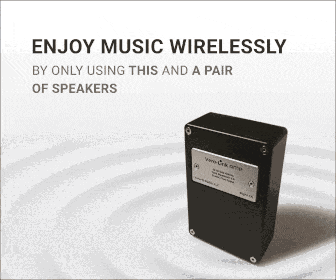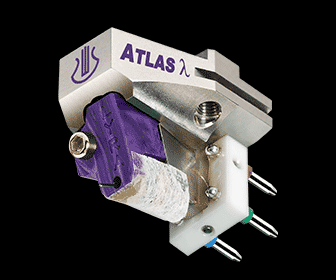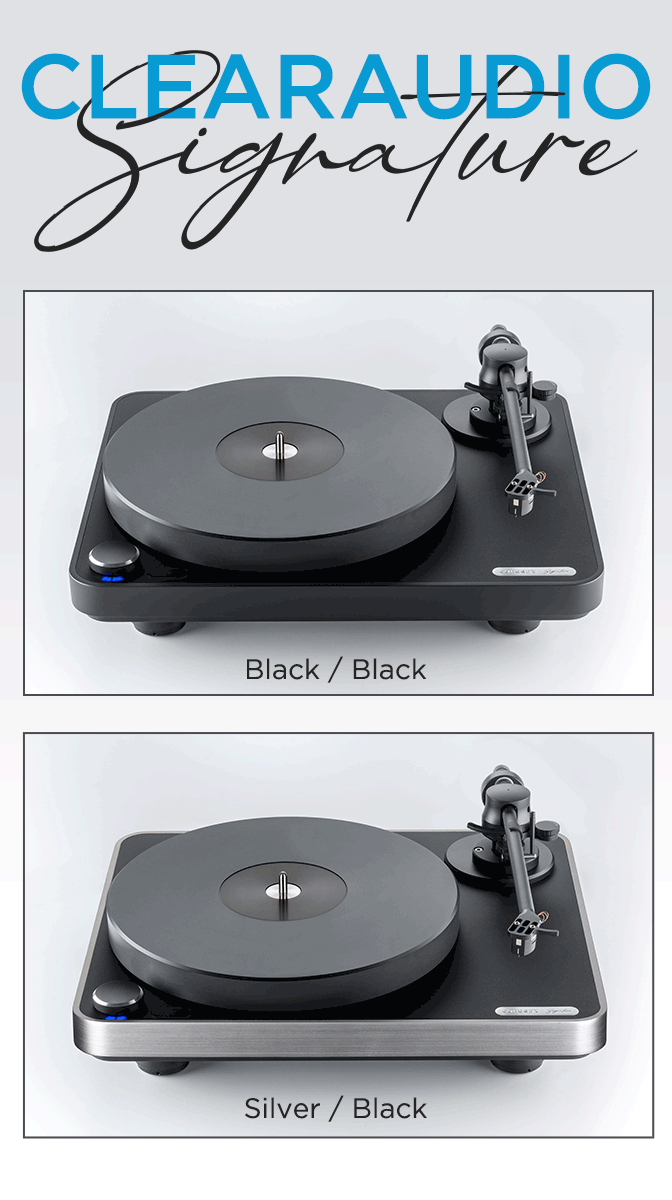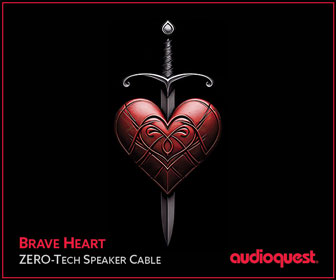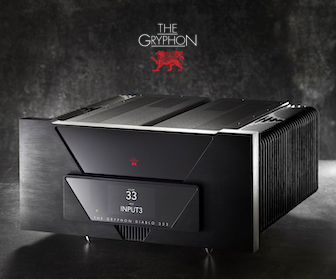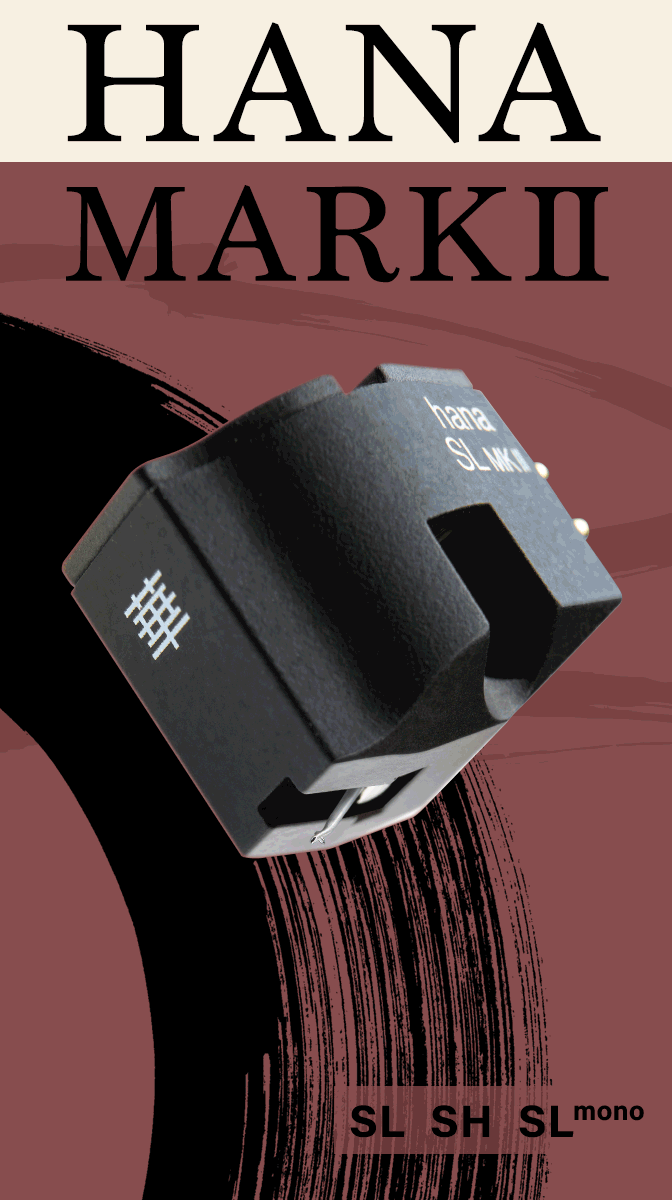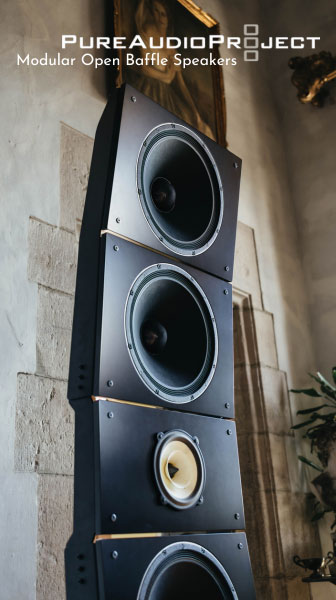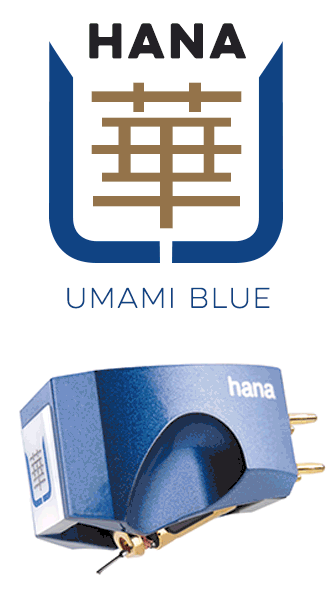Ortofon's Re-tooled 12" AS-309R Tonearm
a well-established design gets a major update
Ortofon has long marketed a tonearm made in Japan to its specifications. For the recently introduced 12" AS-309R, the latest revision to Ortofon's tonearm, Ortofon provides few specifics other than "130 redesigned components.... crafted with unparalleled mechanical precision and advanced engineering". The company doesn't divulge what any of those parts are, or how and why they were redesigned.
The additional 'boilerplate" marketing lingo boasts, "Our skilled artisans meticulously hand assemble, adjust, and review every component of each tonearm, ensuring unmatched quality and performance. This meticulous artisanship optimizes every aspect of the tonearm, capturing the subtle nuances of your music like never before."
It's a shame Ortofon doesn't present greater detail about the bearing, the tonearm tube's construction or anything else for that matter, related to its manufacturing. Instead, one of the pages on the Ortofon website says the arm is "Based on well-known Ortofon technology". Known to whom? How does that help new possible buyers make an informed choice? The other version of the arm, the AS-212R, is the 9" version, which is otherwise identical to the AS-309R. For a company with known technical expertise, this is all very frustrating!
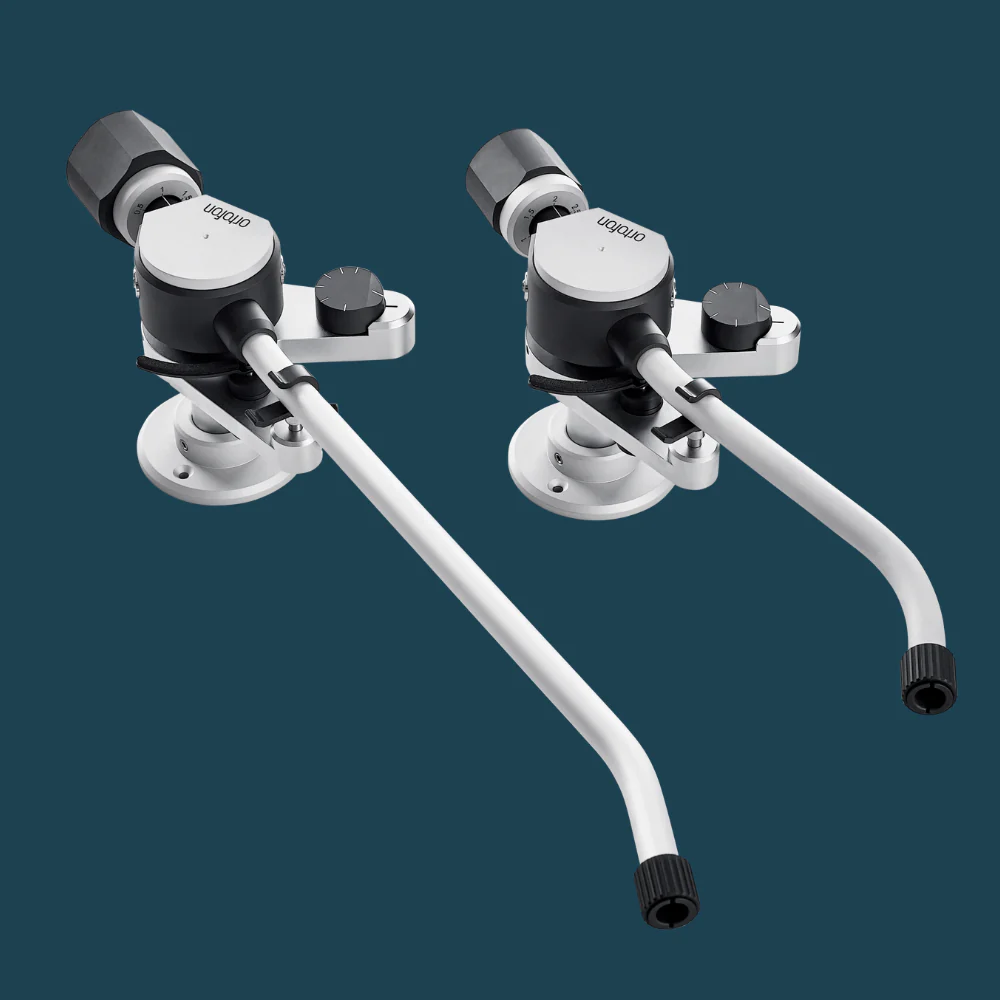
The arm is nicely packaged and presented and includes a well-written, informative instruction manual. Also included is Ortofon's 6NX-TSW 1010 Premium DIN to RCA Tonearm cable, which sells separately for around $300 (€300). The AS-309R MSRP is $3469. The AS-212R is $3359.
There's more detail about the cable than about the arm! Ortofon says about the cable:
"The low signals from the cartridge are very sensitive to electromagnetic induced noise from the outside world. Things like mobile phones and home appliances challenge the tonearm cable.
With this focus, Ortofon engineers have made a cable comprised of 7 cores 5N/6N Oxygen Free Copper (OFC) with a tight shield surrounding the cores for optimum shielding against electrical radiated noise.
Ortofon supplies the arm without a head shell assuming many buyers will use an Ortofon SPU or perhaps one of the newer high performance Concorde cartridges that plug directly into the arm's SME type bayonet connector. It's convenient and overhang is automatically correctly set.
Other users will have to buy their own head shell, either one Ortofon manufactures and sells or any other one they choose. For this review I used a graphite one gifted to me at a High End Munich show a few years ago by Audiosilente's Simone Lucchetti. His idler-type Blackstone turntable is a beautiful thing! Also included with the arm: standard and heavy counterweights, paper mounting template, base mounting template and various mounting screws. Everything you need to do it yourself.
Like most, but not all arms with detachable head shells, there are a few electrical breaks between the cartridge clips and the RCA plugs: one is at the head shell rear where a second set of clips fit into another set of pins that fit into the arm's termination, which has soldered wires attached within the arm, terminating with a DIN jack at the pillar's bottom for a total of three breaks—same as the recently reviewed Pro-Ject EVO 12 AS
Installation
I set up the AS-309R on the OMA K3 prototype's rear arm support using a torrefied (thermally modified) Pennsylvania ash wood disc insert, about a dozen of which were supplied by OMA when I purchased the turntable (which I recently sold back to OMA per our agreement and purchased the Wilson-Benesch GMT One System minus the pneumatic suspension). I drilled out a hole using the drill press I'd bought just for this purpose, to accept the tonearm pillar and secured the arm base using 3 supplied wood screws. I'd accidentally drilled the large hole off-center (as can be seen in the photo at the top), which turned out to be a good thing because of the AS-309R's unusually long 323.5 mm effective length and pivot to spindle distance of 311 mm. The recently reviewed Pro-Ject EVO 12 AS has an effective length of 304.8 mm and a pivot to spindle distance of 291.6 mm. The slightly off-center hole allowed me to position the opening a bit further from the spindle than had the hole been drilled centrally located and this provided just enough distance to align the cartridge, though it had to be placed at the very back of the head shell slots to make it work. So if you are considering this arm be sure your turntable can handle an arm with a 311 mm P2S distance! Ortofon puts a dimple in the bearing housing center, making easy setting P2S distance.
Set-Up and Build Quality
Setting up the static-balance AS-309R is very similar to the EVO 12 AS and It has the same very basic adjustment options: there's no "on the fly" VTA/SRA and the height you choose by lifting or lowering the arm is held in place by a pair of set screws located 90 degrees apart from one another to assure that once tightened the arm doesn't list to the side and is held vertically in place. The counterweight slides smoothly and easily onto the stub and a mechanism holds it in various places along the stub after which you can twist it in and out to fine tune the VTF. A tracking force scale at the front of the counterweight allows for easy and reasonably reliable VTF setting, though to be sure I recommend an outboard gauge. Anti-skating is set via a dial adjacent to the bearing housing. It's either magnetic or spring repulsion. Ortofon doesn't specify. Not that it matters. The WallySkater demonstrated that it's accurate when set to the same number as the tracking force. Whether or not you can set azimuth depends upon the head shell you choose.
By any definition of tonearm construction, "hand-feel", subjective bearing precision, set-up ease, etc. the Ortofon arm exudes jewel-like quality and non-fiddly competence. It looks and feels much like the Japanese arms designed and manufactured during the 1970s era "golden age" of Japanese tonearm and turntables. Having no experience with the earlier design and no information regarding what was done for this update, I have zero perspective, but none is really needed because handling, setting up and listening to this arm provides its own perspective as does the price $3469 price.
Apropos of this, in early December Ortofton introduced a pair of new SPUs that can plug directly into this arm.
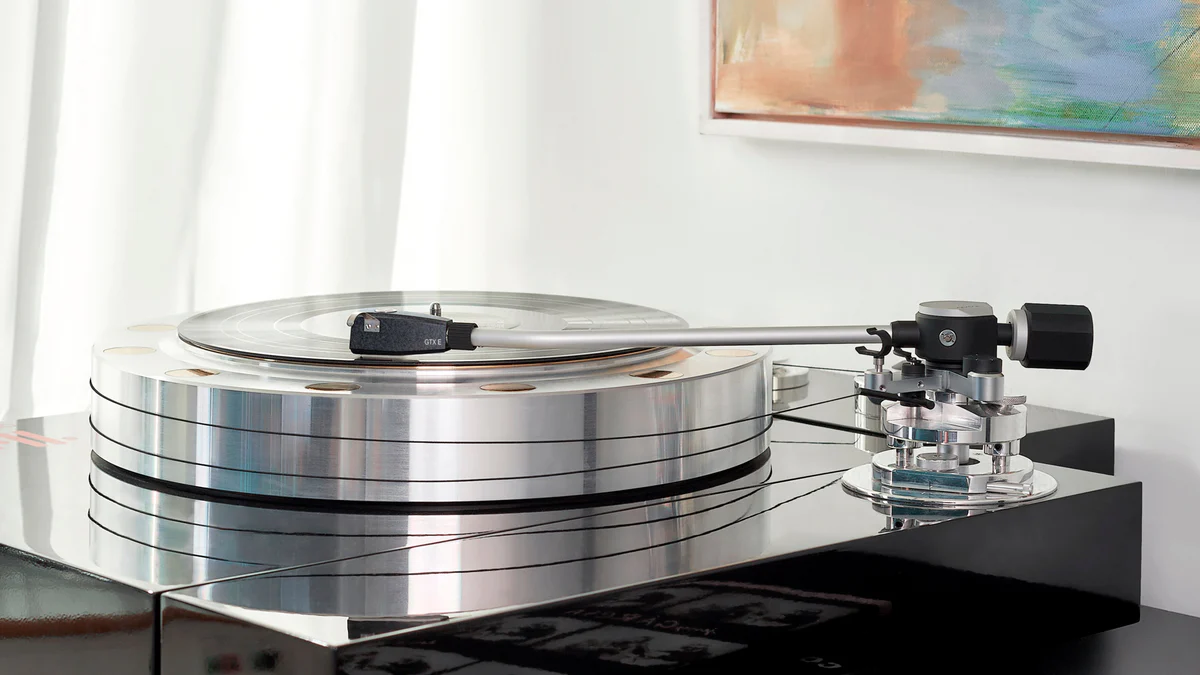
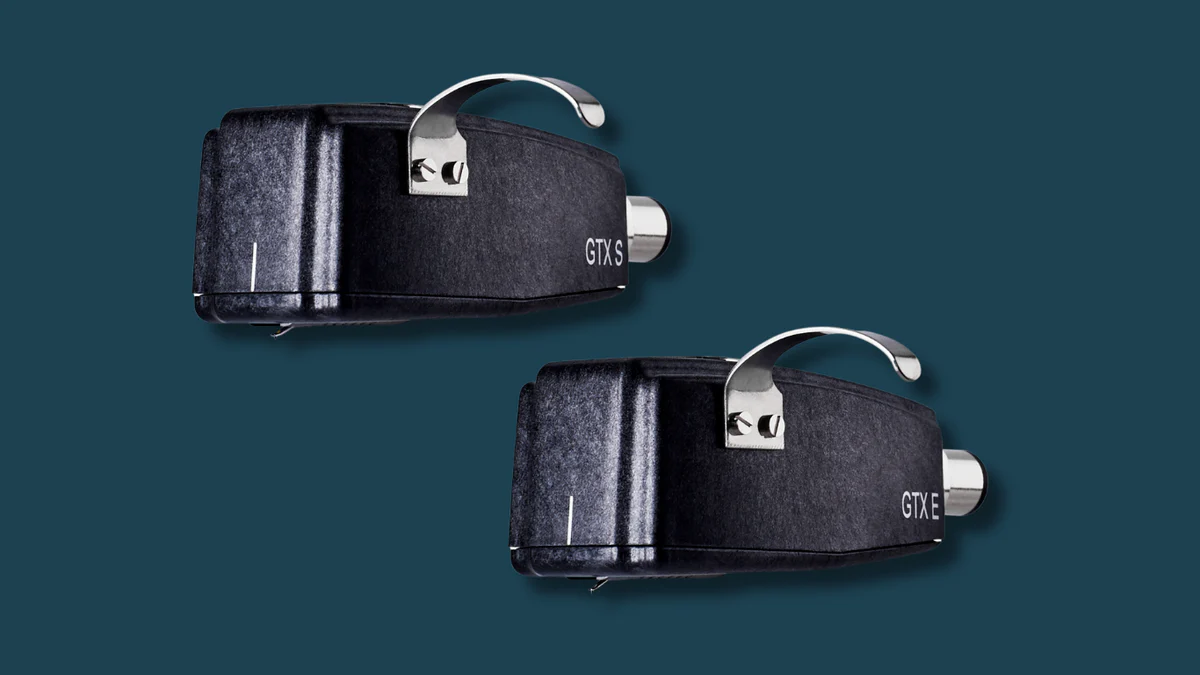 The SPU GTX S features a spherical diamond stylus, while the SPU GTX E is equipped with an elliptical diamond stylus. Both models feature a durable, glass-fiber reinforced housing and an integrated step-up transformer, developed in collaboration with Lundahl Transformers. The prices in the press release were in Euros (€ 1,099 and €1,199) so I'm not sure if they are yet available through Ortofon America, but as I found out any cartridge in any compatible head shell will do.
The SPU GTX S features a spherical diamond stylus, while the SPU GTX E is equipped with an elliptical diamond stylus. Both models feature a durable, glass-fiber reinforced housing and an integrated step-up transformer, developed in collaboration with Lundahl Transformers. The prices in the press release were in Euros (€ 1,099 and €1,199) so I'm not sure if they are yet available through Ortofon America, but as I found out any cartridge in any compatible head shell will do.
Precision machining, set up ease and an attractive price for an arm so well designed and manufactured make for an attractive combination of enticements. I compared it physically and sonically with the recently reviewed Pro-Ject EVO 12 Premium HG ($2799). Metaphorically speaking, let's say in terms of build quality and how it feels, the Pro-Ject is 1080p while the Ortofon is definitely 4K or 8K. It's just in a different precision league. It feels that way as well for not that much more money. The Ortofon is longer but it feels "lighter to the touch" and the collet locking system more rigid and secure.
I mounted the $2900 Audio-Technica AT-ART20 that's become a sort of "old reliable" around here (aside from being a superbly built and fine sounding cartridge) and was immediately impresses by how fast, clean and nimble it sounded—more like it had sounded on the EVO 12 CA Premium HG, the other Pro-Ject arm I covered in that review, which is a straight aluminum pipe with a carbon fiber wrap and no wire breaks from clips to RCA plugs and minus a removable head shell. With the AS-309R arm, it felt and sounded more like you could have your removable head shell convenience and versatility while not paying a sonic price for it.
That encouraged me to mount on it the $20,000 Gryphon Black Diamond DLC cartridge, which, while based on the Ortofon MC Diamond, is far more than an exercise in re-branding. A detailed review is forthcoming but meanwhile you can listen to it here.
I'm not going to go through a record by record listening experience type review here. Instead I'll just say if you are looking for a 12" arm in the $3000 price range that allows for easy head shell swappability (if there is such a word), the AS-309R would make an excellent choice. You can get the idea in this video, though I don't think anyone buying the cartridge will be using it with this arm but you could!
Specifications
Ortofon AS-309R 12" tonearm
Cartridge weight
18 to 26 g./26 to 38 g. (standard weight, including shell/heavy weight, including shell)
Mounting distance 311 mm
Effective length 323,5 mm
Overhang 12.5mm
Offset angle 16.75
Arm shaft diameter 18 mm
Recommended arm shaft hole diameter 22mm
Tonearm weight 680g/730 g. standard weight/heavy weight
Height above mounting surface 59 – 79 mm (up to top of the tonearm)
Counterweight radial clearance 85 mm for standard weight; 93mm for heavy weight (measured from pivot point)
Distance from the mounting surface to the top of the platter 20 – 48 mm.
Effective arm mass 11 g.


